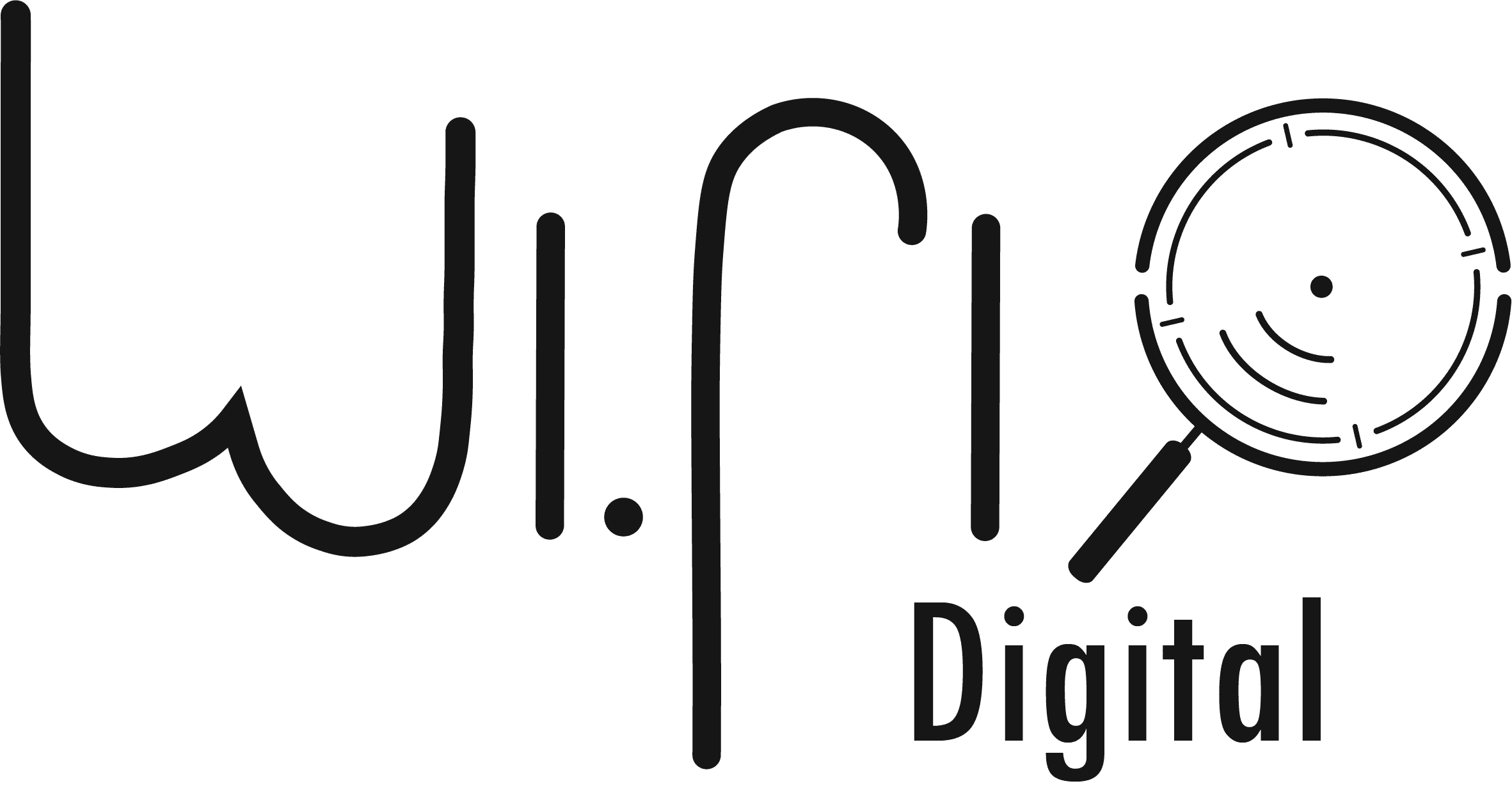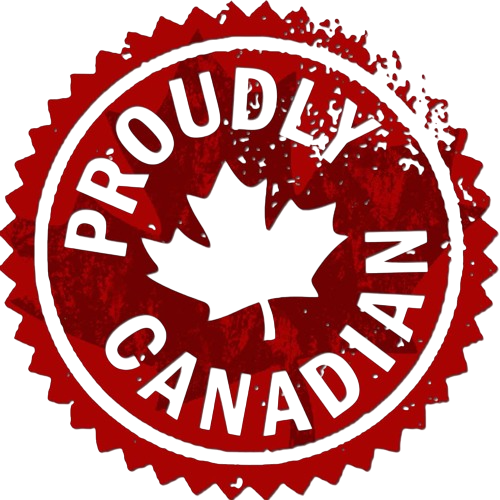Boost Your Reach
Google Ads

Google Ads
Sponsored links can be directed to various search engines and even through social media. Their key difference is that they deliver quicker returns than organic results, making them a strategy distinct from SEO.
However, it’s recommended to work with both organic and paid strategies, as they have different objectives. Sponsored links are simply paid advertisements. On Google, the most commonly used search engine, the ad can appear in regular searches, display networks, and even in video or game ads.
How to Manage Sponsored Links on Google
Managing sponsored links is already a common practice in digital marketing and offers great flexibility due to its cost-effectiveness. You spend what you can afford and aim for better results with your available budget. So, don’t worry, even a small business can invest in Google Ads.
There are a few ways to begin managing them. It’s highly recommended to hire someone skilled in this area or a digital agency that will handle all stages, ensuring that you spend little and earn more than expected.
Learn More
Effective Campaign Planning
Since the results are faster, you can also reorganize campaigns quickly to bring positive numbers. The idea is that no campaign is a failure—it’s a learning process on how to engage with your audience.
For this, certain planning strategies are essential for creating precise and attractive ads.
- Create Efficient Keyword Groups
It’s crucial to define keywords based on available budget and your market segment. You might find powerful keywords with high search volume and low cost-per-click, indicating less competition. However, it may not be the most suitable for your customers, meaning you’ll be wasting your budget.
Starting with specific keywords is easier to test campaign performance, but once user behavior is understood, you won’t need to use irrelevant keywords.
Good research of the segment, company, and search terms is fundamental. Keywords are the most important ingredients of your planning.
- Group Targeting
In Google Ads, you can divide keywords into specific groups. This is essential because your product or service might serve different audiences of varying ages, genders, and industries.
Instead of grouping everything together, it’s better to segment your campaigns to reach more people efficiently. You can segment by region, age, gender, professional sector, and more.
- Define Optimal Times and Days for Ads
Google operates 24/7, meaning anytime. However, your audience may engage more during specific hours or days. It’s important to analyze click data, time spent on the site, and conversion rates.
After analyzing these patterns, you should create an ad schedule to automate when campaigns should be activated. Remember that Google isn’t just the SERP (Search Engine Results Page). Any site can be approved on Google AdSense and receive banners. Additionally, YouTube displays ads before, during, and after videos. You can create campaigns for all these platforms.
Sponsored Links on Social Media
It’s not only Google that offers sponsored link tools. Major social media platforms like Facebook, LinkedIn, and Twitter also provide ad services.
Like Google, these platforms offer valuable insights and data to help create efficient and cost-effective campaigns. Each platform operates a bit differently, so it’s important to have a professional skilled in all of them to apply the best ad strategies.
Unlike Google, social media platforms offer internal ad platforms, meaning ads will appear only within the respective social media pages. This can result in either a smaller or larger reach, depending on segmentation and target audience.
If you’re looking for quicker results and dynamic, constantly evolving plans, choose Iwo Digital’s sponsored link service. Specializing in Digital Marketing, we offer customizable campaigns and direct service to define and plan new or ongoing campaigns.
Feature
- Fast and effective way to generate leads
- Flexibility in budget—spend what you can afford
- Increase visibility with sponsored links on Google’s platform
- Target specific keywords and segments for precise ad delivery
- Integrate with social media platforms for broader reach
WiFi Digital © Copyright 2025 All Rights Reserved.


